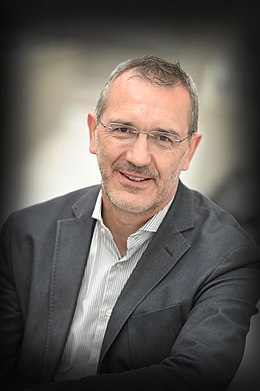The State of The World’s Forests

All living forms present in forested regions, as well as the ecological roles they play, are referred to as forest biological diversity. It includes not just trees, but also the diverse range of plants, animals, and microbes that live in forest regions, as well as their genetic diversity. Ecosystem, landscape, species, population, and genetic diversity may all be addressed when considering forest biological variety. Within and between these layers, complex interactions can occur. This complexity enables organisms to adapt to changing environmental conditions while also maintaining ecological services.
Forests cover 31% of the world’s geographical area. Approximately half of the forest area remains reasonably intact, with primary forest accounting for more than one-third of the total (i.e. naturally regenerated forests of native species, where there are no visible indications of human activities and the ecological processes are not significantly disturbed).
Conservation and sustainable use of forests and forest biodiversity.

Many people today have at least some connection with forests and the biodiversity they contain, and all people benefit from the services supplied by components of this biodiversity in the carbon, water, and nutrient cycles, as well as through ties with food production.
Forest Status and Trends.
Forest ecosystems are more biodiverse than other ecosystems, making them an important part of the world’s biodiversity.
There are 4,06 billion ha of forest on Earth. The Earth’s population is 7,85 billion people. This translates to 0.5 ha of forest per inhabitant.
If this small 0.5 ha can generate 5m3 of wood each year, it will balance the CO2 produced per inhabitant, which is an average of 4.37 tons of CO2 per year.
FUGURE 1
FIGURE 2

Forest is a sensitive area for climate regulation. Furthermore, if the forest produces more timber, we must use it in the best way possible, and the top hierarchical valuation of this material is solid building, panels construction material, paper and recycling, insulation material, and energy.
For energy, it uses waste from the timber industry and products from the end-of-life cycle of wood in construction.
There are techniques for managing the world’s forest ecosystems that will assure the protection and long-term usage of their biodiversity.
Historically, the most common forest governance instrument used to promote biodiversity goals has been the establishment of protected areas. This method has yielded excellent outcomes in terms of species conservation and the establishment of obstacles to the spread of deforestation.
As well as through education and training. Forest conservation education helps people acquire the critical thinking skills they need to understand the complexity of ecological challenges. Conservation education also encourages individuals to take action on their own to conserve natural resources and utilize them responsibly by making educated resource decisions.
Wood as a Sustainable Construction Material.
Wood has been a flexible, durable, and renewable industrial and construction resource for humans throughout history. It has the potential to become much more valuable in the future. Its incorporation into a bioeconomic development plan has the potential to mitigate, if not reverse, the negative climate and wider environmental effects of modern human activities.
Jean-Luc Sandoz – CBS-Lifteam.
More engineering, less material, more jobs, less wasted energy
Jean-Luc Sandoz is a Franco-Swiss engineer , first a researcher , then a professor. He then founded several companies in the fields of engineering , industrialization , construction and expertise, all in connection with the material wood.
His philosophy, committed since the start of his career, to true sustainable development lies in this slogan: “more engineering, less material” . Optimizing material, as locally as possible, from an economic and ecological perspective, has its origins in the strong awareness of the finitude of resources on the Earth system.
It is cited as an example to be followed by the scientific experts of the International Union for the Conservation of Nature , an NGO based in Switzerland, when he puts forward wooden construction systems, rather local wood, rather without glue, rather well. calculated, that is to say optimized according to the specifications of the buildings, with the aim of saving material so as not to waste it, even if it is a bio-based and renewable material.
In his lectures, he repeats that “wood is certainly a renewable material , but it should not be wasted or soaked in toxic products”. He adds that “the added value , provided throughout the value chain of the timber industry , from upstream to downstream, makes it possible to guarantee jobs and social contributions that cannot be relocated”.
FSF-IHCE Approach: Wood Construction-Urban Architecture Education & Training
Markets and policies for bio-based materials face problems that are not well understood. FSF-IHCE seeks to take an interdisciplinary approach to the potential for bio-based materials to help achieve a net-zero carbon built environment. We hope to encourage professionals in this field to participate and foster innovation through conferences and seminars, spanning from material science and structural engineering to life cycle evaluation and policy. We intend not only to give a comprehensive view of this challenge, but also to present important knowledge through education and training that may be utilized to aid decision-making processes.
In addition, building in bio-based sources necessitates a thorough understanding of their attributes in order to maximize their benefits while guaranteeing a quality and cost-effective design. As a result, it is critical to educate and train actors such as project owners, managers, and companies in order to guarantee that these resources are used effectively.


